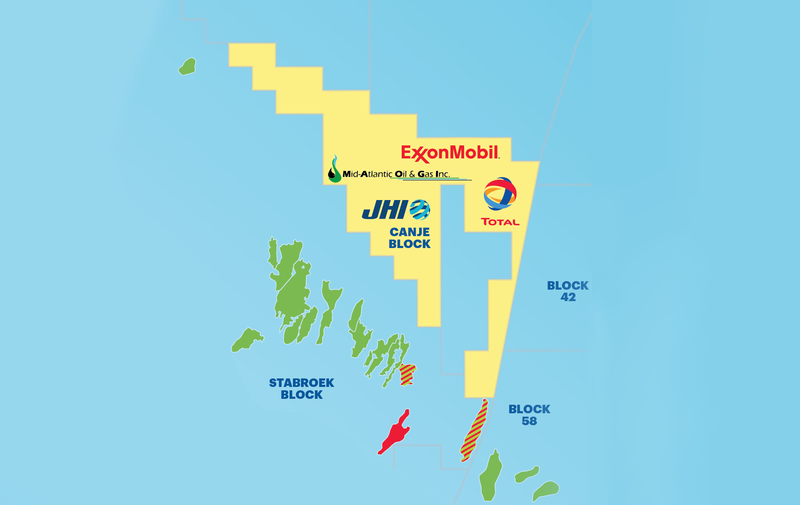ExxonMobil Guyana has submitted to the Environmental Protection Agency (EPA), the Cumulative Impact Assessment (CIA) and Environmental Impact Statement (EIS) for its 12-well exploration and appraisal drilling campaign in the Canje Block.
A public notice outlined that “In accordance with Section 11 (10) of the Environmental Protection Act, Cap. 20:05, members of the public shall have sixty (60) days from the date of publication of the notice to review the CIA/EIS and make written submissions to the EPA.”
The CIA/EIS will be available on the EPA’s website for perusal.
The company had initially applied for approval to drill 12 wells each at the Canje and Kaieteur blocks. The EPA had initially waived the EIA requirement for the proposed campaign but after an evaluation by the Environmental Assessment Board (EAB), a cumulative CIA was mandated.
Operated by Exxon, the Canje Block was initially estimated to hold 10 billion unproven barrels, prompting a three-well campaign. Jabillo-1 was drilled back in 2021 without encountering commercial hydrocarbons. Exxon then switched to the Sapote-1 well. It was described as an independent multi-layer prospect, which evaluated several Upper Cretaceous targets.
The Sapote prospect lies approximately 100 kilometres (km) southeast of the Jabillo location, about 50 km north of the Haimara discovery in the Stabroek Block and about 60 km northwest of the Maka Central discovery in Suriname’s Block 58. No commercial oil was found here either. The same result came from the third prospect in Canje – Bulletwood-1; the well-encountered quality reservoirs but non-commercial hydrocarbons.



